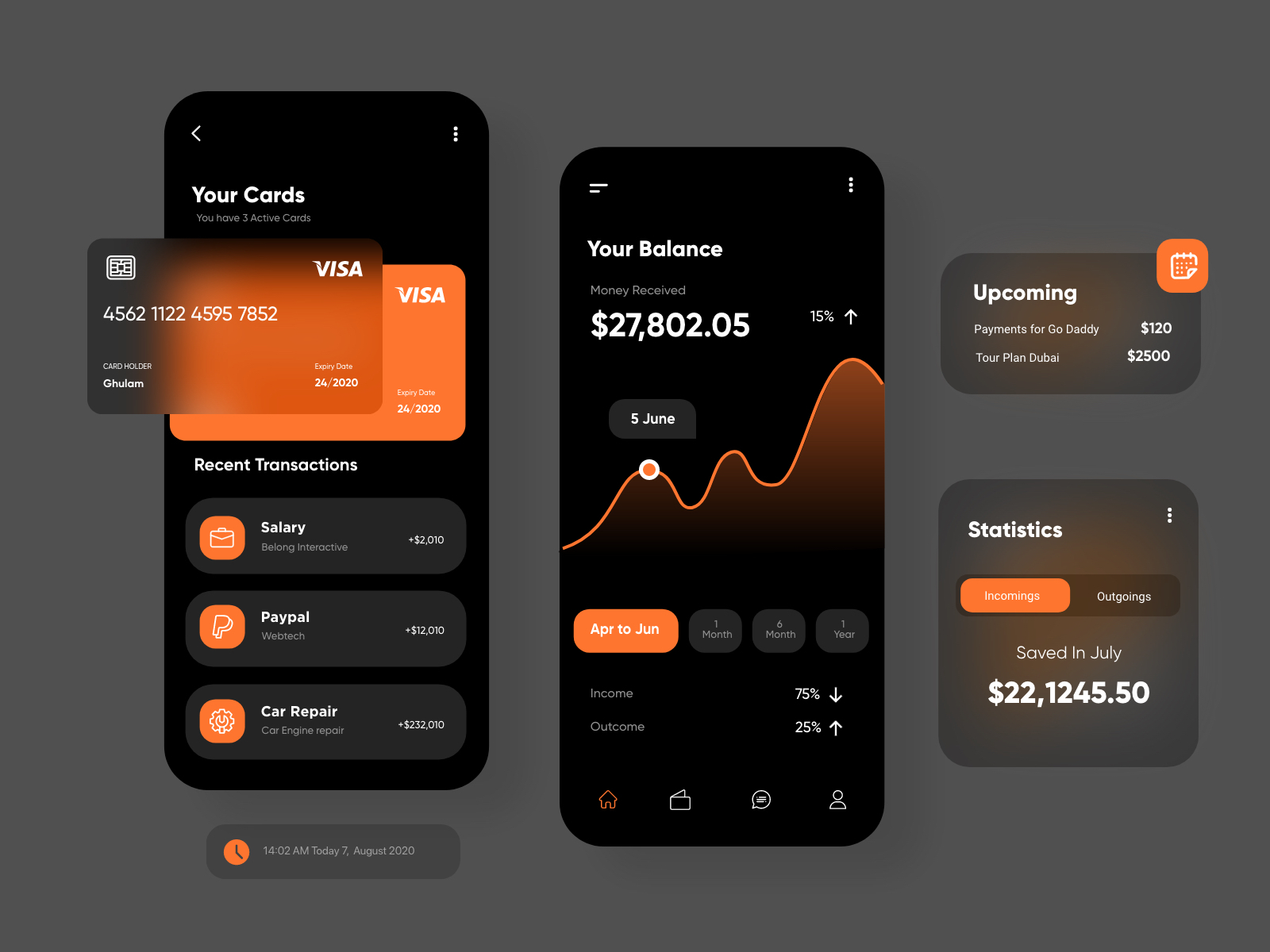

Combining both kinds of data can bring the parts - as well as the whole - of a user interface into focus. They allow researchers to trace observers’ progression across the entirety of an interface. These are qualitative visualizations that map individual fixation points over the sample image. Sequential data come in the form of gaze plots (otherwise known as scanpaths). This quantitative metric allows researchers to discern which elements of a user interface preoccupy observers. Since they are expressed in seconds, temporal data can be easily aggregated, averaged, and compared. Sequential data indicate the order in which areas of interest are observed.īoth data sets yield useful insights.Temporal data correspond to the duration spent observing an area of interest.But rather than dwell on the meaning and merits of different categories, I’d like to suggest that it’s worth keeping in mind two broad kinds of data: Even among experienced researchers, different categories’ relative utility continues to be a source of debate. Selecting categories to analyze might initially seem like poking around in the dark. Examples of categories for such data include fixation duration, visit count, average visit duration, and time to first fixation. What results is a wide-reaching bank of data about each area of interest.

Second, an auto-mapping program superimposes footage of observers’ gaze points (that is, discrete time stamps and x/y coordinates) over the sample. Each area corresponds to a distinct region where observers might direct their eyes. Typically, researchers divide a sample image of the interface into areas of interest. First, the user interface must be made amenable to data collection. Do text or images capture observers’ gaze for longer periods of time? How long do users spend reading each step in a task flow, and in what order? What text or images do observers skip over? These are some of the questions that eye tracking metrics can answer.īefore posing questions, there are a couple prerequisites. Most commercial eye trackers come with a variety of analytical tools that can be used to cull quantitative and qualitative information from video recordings. For example, an IFU with directions for assembling a medical instrument, or an operating room visualization system with information to guide surgical procedures, both require that users move their heads away from the interface to interact with devices. These mobile eye trackers have the advantage of affording a wider breadth of head movement, and are better suited to testing sessions in which participants must turn away from an interface. Mobile eye trackers, worn on the head, include the Tobii Pro Glasses 2, Ergoneers’ Dikablis Glasses, and Pupil Labs’ Pupil Glasses. They’re useful to evaluate GUIs, since remote eye trackers can be affixed to monitors. Examples include the Tobii Pro Spectrum, SMI RED, and Gazepoint GP3. The former is positioned on or near the object being tracked. Two kinds of eye-tracking technology are widely available: remote eye trackers and mobile eye trackers. Although incredible strides have been made in 3D eye tracking, at present, it remains a frontier of user research. It’s worth mentioning that most commercial eye trackers accommodate only stable 2D surfaces. The combined data can provide crucial resources for design teams to create more intuitive, user-friendly products. When brought together, perceptual, behavioral, and interview data cast different shades of light on the difficulties that emerge when testing a user interface. Most notably, researchers can use eye-tracking video footage to complement the third-person observations collected from traditional user research. They are one tool in researchers’ toolbox. Although the appeal may be to glimpse inside an observer’s perceptions, opening a first-person vantage point, eye trackers’ actual capacities are modest. Whether it’s for a graphical user interface (GUI), instructions for use (IFU), or a website, the fundamental goal of eye tracking is to gather insights for optimizing the layout of visual information. In this article, I offer some suggestions for gradually building up eye-tracking methods, in stages, to generate informative user data. In truth, companies can develop basic competencies for eye tracking while simultaneously conducting fruitful research sessions.

The expansive suite of tools that now come with commercial eye trackers may seem daunting to navigate – and time-consuming to learn. The only question is how to do so effectively. Few barriers remain to using eye trackers. Peering into an observer’s perspective can be a valuable source of data for optimizing diverse user interfaces. Advancements in eye-tracking technologies have made them convenient and affordable to incorporate into user research.


 0 kommentar(er)
0 kommentar(er)
